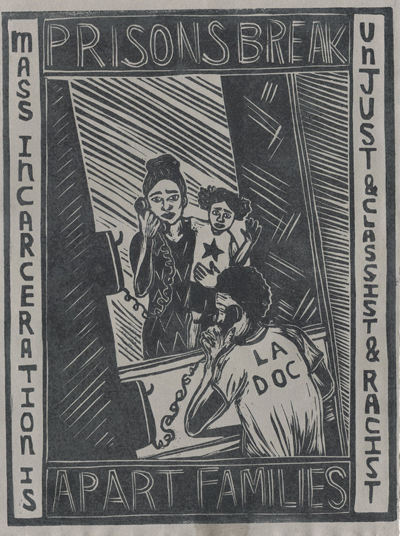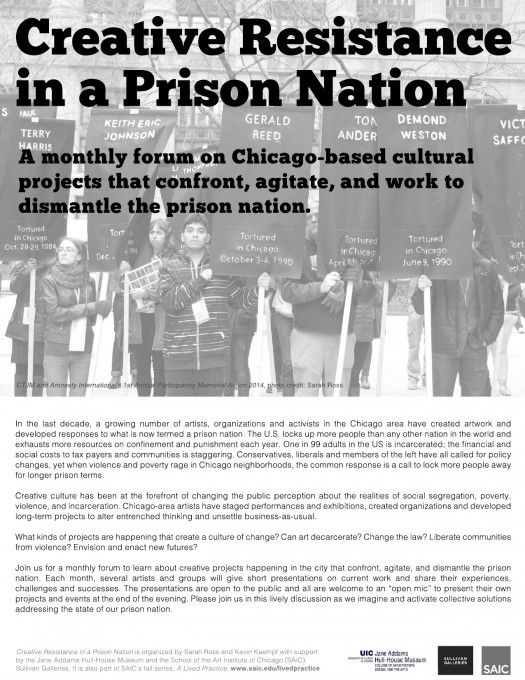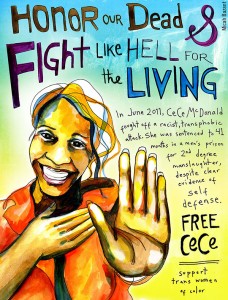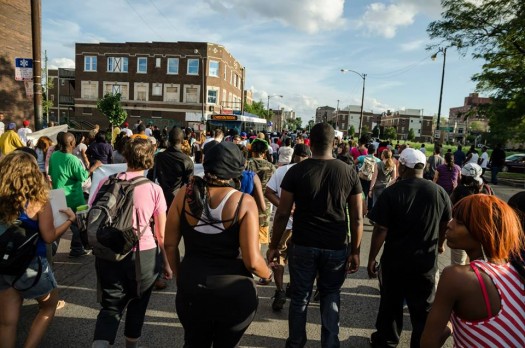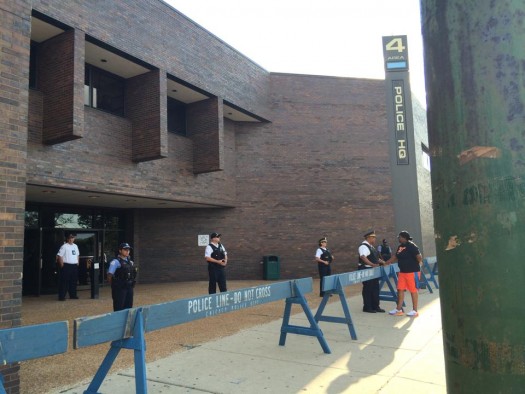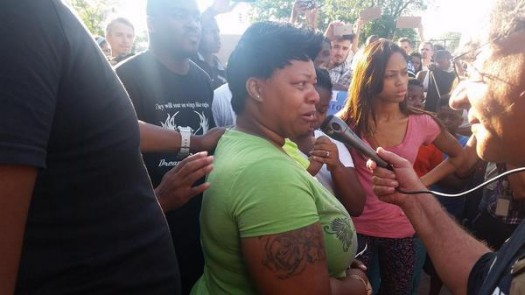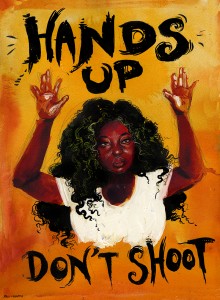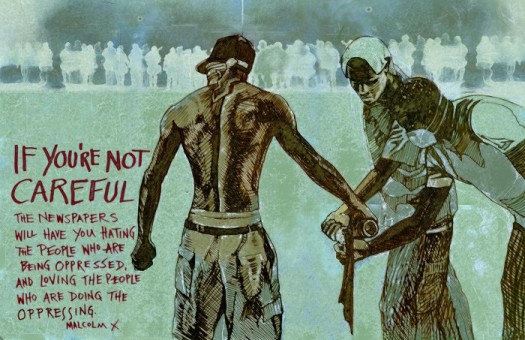Why We Charge Genocide?
In May of this year, I wrote about the death of a young man known to his friends as Damo at the hands of the Chicago police. To this day, none of us knows the actual circumstances of his tasing death. Answers are not forthcoming.
I wrote back then: “Understand that Damo is part of a long legacy of death at the hands of police. The Chicago police shoot black people. In 2012, CPD shot 57 people and 50 were black. They also tase, target, torture, and kill people of color.”
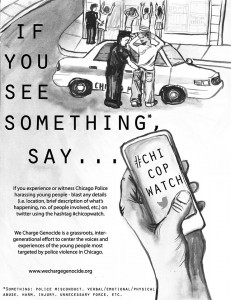 After Damo’s death, I saw the pain and rage that some of his friends were experiencing. I was at a loss about how best to support them. But I knew that there was a need for an outlet to transform pain into something else that might eventually catalyze some positive action.
After Damo’s death, I saw the pain and rage that some of his friends were experiencing. I was at a loss about how best to support them. But I knew that there was a need for an outlet to transform pain into something else that might eventually catalyze some positive action.
In late May, I e-mailed a small group of friends, comrades and co-strugglers with an idea. I followed up in early June with a note on Facebook to others who might be interested. The idea was a simple one – to create a modern petition/report to the United Nations about police violence against young people modeled after the 1951 We Charge Genocide petition.
The first meeting was on June 11 and over 45 people packed the Chicago Freedom School to hear about the idea and most importantly to offer their own. From the start, I made it clear that what mattered most was that we act collectively on something. Any and all ideas about what that something could be were welcome. After a couple of hours, we left with a plan of action and several ideas to pursue:
1. Everyone assembled agreed that we should create a Chicago version of a “We Charge Genocide” petition/report to be presented to the United Nations.
2. Everyone agreed that we would organize at least one youth hearing to gather relevant testimony for the petition/report by the end of the summer.
3. A suggestion was made that the group revive the Young Women’s Empowerment Project’s Bad Encounter Line and focus it specifically on collecting reports of police encounters.
4. Some people wanted to revive community monitoring of police through a Copwatch model.
5. Everyone agreed that the city would benefit from a social media campaign to raise awareness about and report negative police encounters.
 After the June meeting, We Charge Genocide (WCG) was born. Since then, dozens of people have worked diligently to achieve all of the goals set in our first meeting. Importantly, the work is owned by every person involved in the group. Subcommittees meet on their own to plan activities and move the work forward. Everyone is invested and has devoted countless hours. WCG is not contingent on one person but is truly a collective and collaborative effort.
After the June meeting, We Charge Genocide (WCG) was born. Since then, dozens of people have worked diligently to achieve all of the goals set in our first meeting. Importantly, the work is owned by every person involved in the group. Subcommittees meet on their own to plan activities and move the work forward. Everyone is invested and has devoted countless hours. WCG is not contingent on one person but is truly a collective and collaborative effort.
Today, we kick off a fundraising drive to send a delegation of 6 people to Geneva to present WCG’s report/petition to the Committee Against Torture in November. While WCG is an inter-generational effort, it’s an initiative driven by and focused on young people. Five of the WCG UN delegation are under 30 years old and four are 25 and under. I will not be traveling to Geneva or it would have skewed the numbers dramatically :).
I am incredibly proud of the work that has already been done in just the past three months. I continue to be in awe of my comrades who have carried the work. They are in school, work full time jobs, organize in other settings, have lives and families and yet they have shown 100% commitment to meeting our collective goals. It’s been an inspiration.
I hope that everyone reading this will consider contributing to WCG’s Geneva fundraising effort. The trip will provide a foundation for even more organizing moving forward. Already, WCG members are thinking about how to organize around the issue of police militarization and planning an action for the National Day of Protest Against Police Brutality on October 22. There is more to come… Please contribute to sending these wonderful young people to Geneva. You can hear the pitch from some of them in the video below:
Regular readers of this blog know that history matters a great deal to me. I think that it isn’t past and informs all present actions. This post is an attempt, in my own way, to provide some of the history of this current iteration of We Charge Genocide in Chicago in 2014. It is also a call for support. Please make a contribution in any amount today and help spread the word about the fundraising campaign to others. Thank you.
